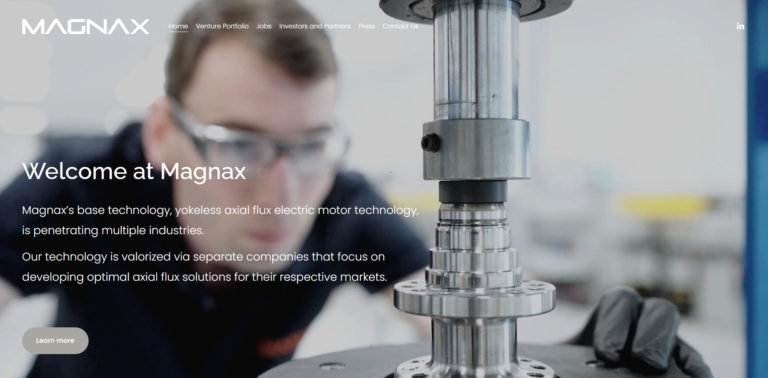Modules eV+
Solar panels can be used to power ski lifts, allowing a ski resort to make its own electricity.
Solar panels can be used to power ski lifts, allowing a ski resort to make its own electricity.
Smart Lock & Dock is a smart and safe place to park and rent out public bikes
Finding ways that ecosystem services can be used in landscape systems.
A georeferenced data mining solution that is done entirely in the cloud.
Water distribution networks that use artificial intelligence to save water and energy.

Electric motors that cause trouble and have a high power density and efficiency.
Agricultural products can be dried and stored regardless of the weather and without using any extra energy.
Using light to measure water in the cloud.
Using the sun to pump water around the world for people, animals, and crops.
A coating of paint that protects the building’s surfaces and cleans the air inside.
Finds the best time and date for transport while optimizing routes to cut costs and CO2 emissions.
An all-in-one solution for generating and storing clean power on-site.
A way to get electricity to remote places using renewable energy.
A new hybrid technology that makes the inside panels of cars lighter and uses less plastic.
A way to collect, move, and treat all household wastewater in areas with low water supplies.
A platform for managing city services that uses less energy.
Turning mixed solid waste that can’t be recycled into hydrogen, power, heat, or cooling that can be used right away in the area.
An innovative, smart, and self-driving parking solution for new electric mobility in cities.